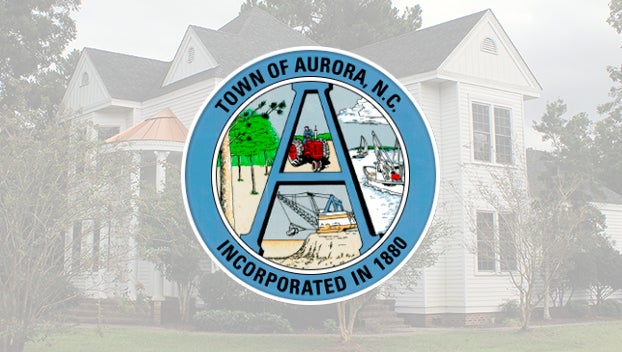Storm brings single-digit temps to eastern NC
Published 5:59 pm Sunday, January 7, 2018
The winter storm that brought 4-to-6 inches of snow now blanketing Beaufort County has left a trail of frigid temperatures in its wake.
Thursday night saw a low of 12 degrees in Washington; Friday night was expected to plummet to 6 degrees, which means the snow and ice are here to stay for a while, according to Chris Newkirk, operations chief of fire/emergency management in Beaufort County.
“These conditions that we’re having now, we expect to have them until Monday morning. It will be Monday morning until we see any significant clearing,” Newkirk said.
Newkirk said the same advice applies: stay off the roads unless necessary and be especially wary of driving at night, when snow and ice melt on the roads during the day refreezes into black ice at night.
Newkirk said Beaufort County residents appear to be heeding that advice: after multiple calls keeping first responders out in the cold on Wednesday night, emergency calls tapered off on Thursday.
“We’ve actually been pleasantly surprised that our call volume has been low since that first night,” Newkirk said. “It seems that people are taking the threat seriously and staying inside and out of the elements; so, it seems they’re taking that advice — and we’ll take that.”
Wednesday, a series of accidents on the U.S. Highway 17 Bypass bridge, followed by two mobile-home fires and another fatal accident kept first responders active through the night.
The fatal accident occurred about 2 a.m. Thursday on Tool House Road, off of Slatestone Road in Washington. First responders found Joshua Biddle, 29, deceased after his Ford F-250 ran off the road, flipped and was partially submerged in a creek, according to officials.
While major routes throughout the county have been cleared by NCDOT, many of the lesser-used secondary roads remain covered in snow and ice. Newkirk said all indications are that those roads will be addressed over the weekend. According to the NCDOT website, the agency prioritizes which roads are cleared and when: first priority is interstates and four-lane divided primary routes (N.C. and U.S. routes) that are essential to the movement of intrastate and regional traffic. After these roads are clear, the priority moves to clearing lower-volume primary roads, high-volume secondary roads, lower-volume secondary roads and then subdivision streets, the website states.




